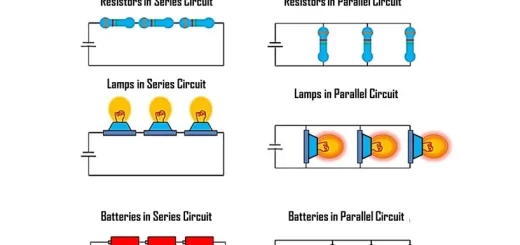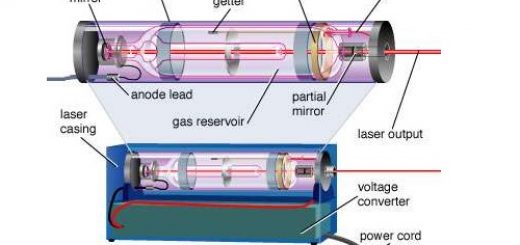X-rays properties, uses and method of obtaining X-rays by using Coolidge tube
X-rays are invisible electromagnetic waves of high energy and short wavelengths lie between the wavelengths of gamma rays and the ultraviolet rays, Rontgen discovered invisible electromagnetic waves of short wavelength ranges from 10−13 m to 10−8 m and they have high energy, He called them unknown rays (X-rays) because he didn’t know what they are.
Properties of X-rays
- They can penetrate the media easily.
- They can ionize gases.
- They diffract in crystals.
- They affect sensitive photographic plates.
Method of obtaining X-rays by using Coolidge tube
- The hot filament is a source of electrons.
- Tungsten target.
- A source of a high potential difference between the filament (cathode) and the target (anode) to accelerate the emitted electrons from the filament.
- The evacuated tube contains the filament and target.
When the filament is heated, negative electrons are produced and directed towards the target under the influence of the electric field, The electrons acquire large kinetic energy depending on the voltage difference between the filament and the target, When an electron collides with the tungsten target, part or all of its kinetic energy is converted into X-rays.
Spectrum of X-rays
Analyzing a beam of X-rays generated from a target to compounds of different wavelengths, we find that the spectrum consists of two components.
- The continuous spectrum of all wavelengths that does not change with changing the material of the target.
- The line spectrum corresponding to certain wavelengths characteristic of the target material is called the characteristic X-ray radiation.
Continuous spectrum (connected) of X-rays
They are called Soft X-ray spectrum, bremsstrahlung, such as braking radiation, They can be generated when the velocity of the colliding electrons (coming from cathode) is reduced upon passing through a retarding electric field due to the electrons of the target material, its energy decreases due to repulsion, collision & scattering.
According to Maxwell-Hertz theory, the decrease in the energy of the electrons converts into electromagnetic radiation contains all the different possible wavelengths because the electrons lose their energy gradually.
The factors affecting the wavelength: The potential difference between the filament and the target, (λm ∝ 1 / V) and it does not change with the changing of the target material.
Line spectrum ( characteristics ) of X- rays
They are called Hard X-ray spectrum or trough X-ray spectrum, They can be generated when an emitted accelerated electron (coming from the cathode) collides with an electron close to the nucleus of the target material atom then if the later electron receives sufficient energy, it jumps to a higher level or leaves the atom altogether and is replaced by another electron from a higher level.
The difference in energy appears as radiation with a definite wavelength which is determined from the relation: Δ E = E2 − E1 = h c / λ
λ = h c / ΔE
The factors affecting the wavelength:
- The wavelength of the characteristic radiation does not depend on the potential difference between the cathode and the anode, although it does not appear at a low potential difference.
- It changes by changing the target material as the wavelength decreases by increasing the atomic number of the target element.
Conditions to obtain a line spectrum (characteristic) of a target material:
- Applying high potential difference between the filament and the target in the Coolidge tube, to make the emitted electrons from the filament acquire high kinetic so, at colliding with the target, it produces X-rays of high energy.
- Accelerated electron collides with an electron from levels (K, L, M) close to the nucleus of the target material atom.
Applications of X-rays (uses)
Studying the crystalline structure of materials: one of the important features of X-rays is diffraction, as they penetrate materials, The atoms in the crystal act as a diffraction grating (which is a generalization of diffraction from a double slit), forming bright and dark fringes depending on the difference in the optical path.
They are used to detect the defects in metallic structures because they have a great penetration power as the wavelength of X-rays is less than the spaces between the atoms, They are used in imaging bones and fractures and some other medical diagnoses because they have a high ability for penetration.
Types of atomic spectra, Postulates of Bohr model and Spectrometer
Laser ray properties, Spontaneous emission and stimulated emission



